

Artist Interview
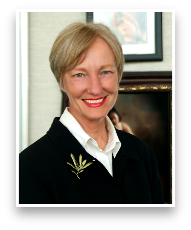
Gayle Dickerson
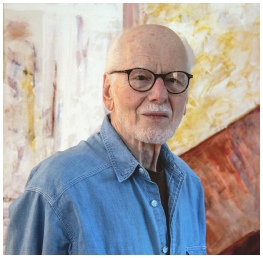
Your undergra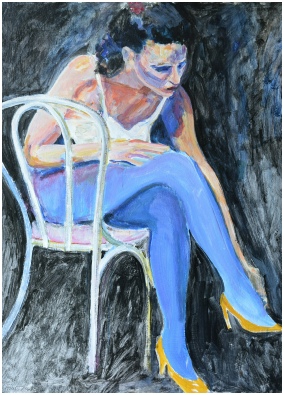 duate degree is in physics and you worked as an engineer. How did you
make the leap to art?
duate degree is in physics and you worked as an engineer. How did you
make the leap to art?
I worked first for Chrysler Corporation on aerospace projects for a couple of years on a probe to go to Mars. Then left to start up a business to create an entertainment gadget that took sound from a stereo system and translated it into a colored light display. We approached Sears for production but couldn’t do it economically. So then, I was out of work, wondering what to do with myself, when I met this young lady (my future wife) willing to put me through graduate school in art.
Why art?
I was always attracted to art. I had an inclination for that but had little art in
High School. When I w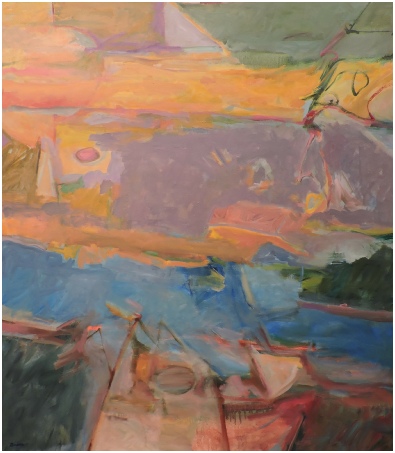 ent to the Society of Arts and Crafts to test the waters, I
had a really good instructor, who inspired me to continue.
ent to the Society of Arts and Crafts to test the waters, I
had a really good instructor, who inspired me to continue.
The Society has a very nice building right behind the Detroit Institute of the Arts,
enclosed by this wonderful brick wall, and I remember our instructor would get a
model out there. He told us to get some cheap paper news print, two colors, a brush
-
Then you went to the University of Michigan?
Yes, and my objective was to learn how to teach art. That was different. My professors believed the reason you go to art school was to be an artist. They thought I needed to be more focused and directed to be noticed. I was there to learn as much as I could. I was very, very inclusive. I never got much past that.
You were on the ground floor of the creation of Washtenaw Community College. What was that like?
Yes, there was talk about starting up a community college in Washtenaw County. So, they rented buildings, including a bowling alley, and then the next thing I knew, they hired me. I was the first person they hired. That was good fortune. I started teaching general art and art appreciation. Flying by the seat of my pants. I taught there for 30 years. It was a rewarding career. We started out from nothing.
Now you are retired..?
Yes, but I’m still painting -
The zig zag path of an artist in the making
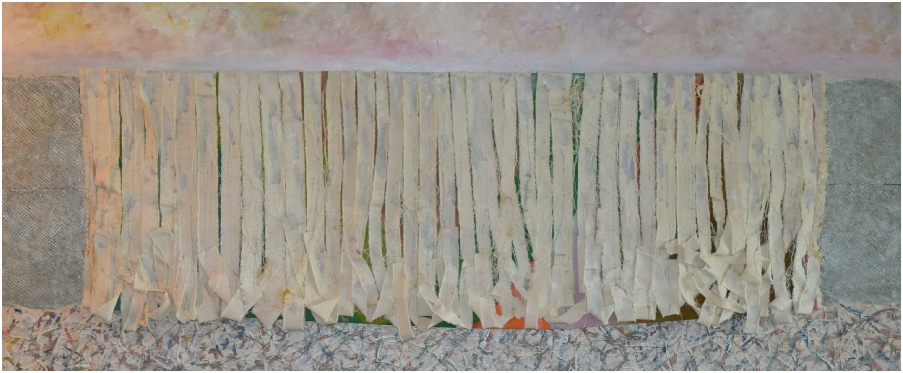
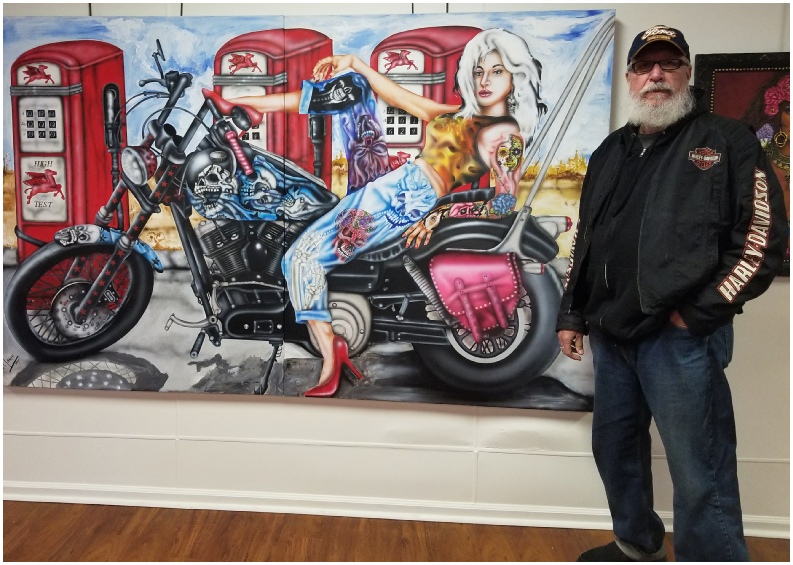
Bigger than Life . . .
An Interview with Jon Lange
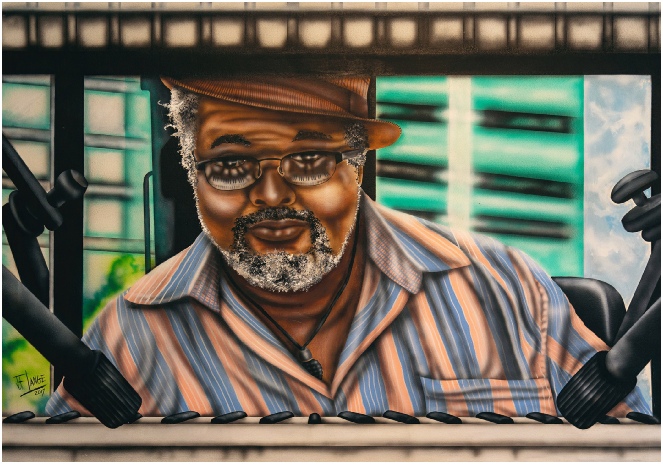
Where do you get the ideas for your paintings?
Many of my ideas come from photographs that are interesting to me and a bit different. I will tweak it here and there, move, maybe use brighter or duller colors, change size. For example, if a picture shows a family of four I might just paint two of them, and in some cases maybe even change the background.
When did you get started?
I became interested in art in the second grade. Nothing else seemed to grab my attention
as much as the art classes. I was never athletic or a scholar but for some reason,
those primary colors intrigued me. However, I didn’t get serious until high school.
I would take any and every class that pertained to art. In my senior year, I was
accepted to the Creative Center for Art but my high school art teacher and mentor,
Mr. R.K. Bryon suggested I go to a four-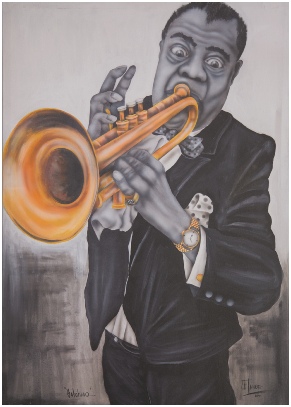
The following year I got my first teaching job at Riverside High School in North Dearborn Heights, as the high school art teacher. Eventually I taught elementary and middle school art and history.
Feeling the need for more, I went to Eastern Michigan University (1972 to 1976) to obtain my Masters in Art. By this time I had a family to support, as well as a mortgage and all the other good stuff.
I have always worked two jobs. My teaching job plus Men’s Warehouse, Faygo, a potato
chip factory, and Chrysler. One morning, I was having breakfast with some friends
and I looked across the restaurant parking lot and there was this sign shop. I went
in and talked to the owner, Bill. I started there part-
In 1984, I bought a Harley motorcycle and while riding with friends, I noticed most of the gas tanks, fenders, etc. were painted with these beautiful images. I found out most of the ‘flames’ were air brushed. I knew I could do it, or at least give it a try. I set up a studio in my basement and taught myself airbrushing. That’s when, I believe, I found my ‘niche,’ I seem to be able to use my imagination more when I airbrush.
When was the first time you entered a competition?
I entered what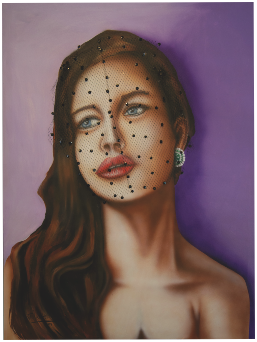 I titled ‘The Fat Man’ in the Ogemaw County Fair. He was playing a
guitar and leaning back. I only painted him from the waist up. He won Best of Show
and I took home a whopping $9. For the next three years I entered a piece or two
and would win. That was a lot of fun!
I titled ‘The Fat Man’ in the Ogemaw County Fair. He was playing a
guitar and leaning back. I only painted him from the waist up. He won Best of Show
and I took home a whopping $9. For the next three years I entered a piece or two
and would win. That was a lot of fun!
What are the key things people notice about your work?
First, the size. I love to paint LARGE! There is no rhyme or reason, I just love to create on a larger scale. Second, I think the details. I tend to use a softer touch. Third, I love airbrushing flames because no flame is the same and I try to make them look like fire. I tend to challenge myself and will paint out of my comfort zone. Some people say my work is bit “edgy.”
What drives you?
When I get an idea in my head, I have to, MUST, go for it and paint it. If it isn’t exactly what I have envisioned, I will revise and revise and then scrap it if it’s not what I imagined.
When I was trying to learn airbrushing I took a class at Schoolcraft College. There I met an older woman who said she paints from her heart with no rules. Made sense to me.
SO, now I paint from my heart with no rules…and have fun.
How did you get started?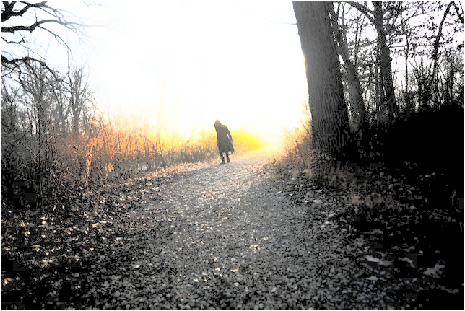
At age 13 I started shooting as a hobby, landscapes and still life, no models or
people at that point. I had a basic digital point-
I guess. Then when I was 16, I got
my first film camera. It was my mother’s Cannon Rebel. I was able to manipulate things
manually.
You have said you don’t use Photoshop or computer manipulation on your images. Why not take advantage of the new methods?
I prefer to use optical illusions and good solid darkroom techniques to create effects. Some of the things I do simply involve shooting at the right moment. I use a lot of fishing line to suspend things and to pull off “magical tricks,” and use other effects like smoke bombs placed inside of things or coming out of somebody’s clothing.
You use many different, interesting and diverse models in your work. Who are they?
Do you choose the models and put them in a setting or find the setting and then the
model who fits that scene or point-
I work with models based on my pre-
What motivate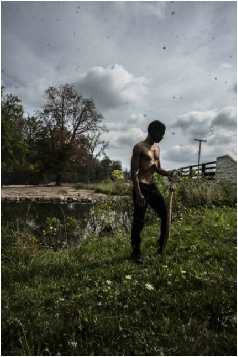 s your work?
s your work?
I want to show the beauty of things that are in the world currently. Ever since that
first time when my pictures started a discussion about the meaning behind them, I
knew I could get my point across. I see beauty all the time in everything and I believe
everyone could, too, if we just pay enough attention to it. We’re caught up in our
day-
You do all your shooting of what you call ruins and decay in Detroit. Why there,
and why those themes?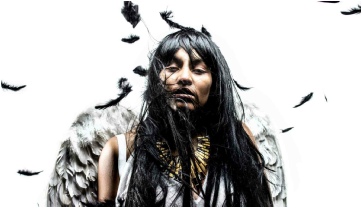
I was born and raised here. This is my home. I want everyone to take the time to look around. This place is beautiful. My work combines the surreal with urban grunge. This place is gritty and grungy and dreamlike. I want people to see the beauty in a weed growing in concrete.
That’s the theme of an ongoing project I’m working on called “Urban Fantasy.” I’m trying something with limited designs. Each time I print it will be one of a kind.
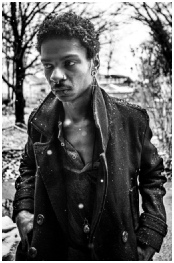
Andrew Evans . . .
“I want to show the beauty of things that are in the world currently”